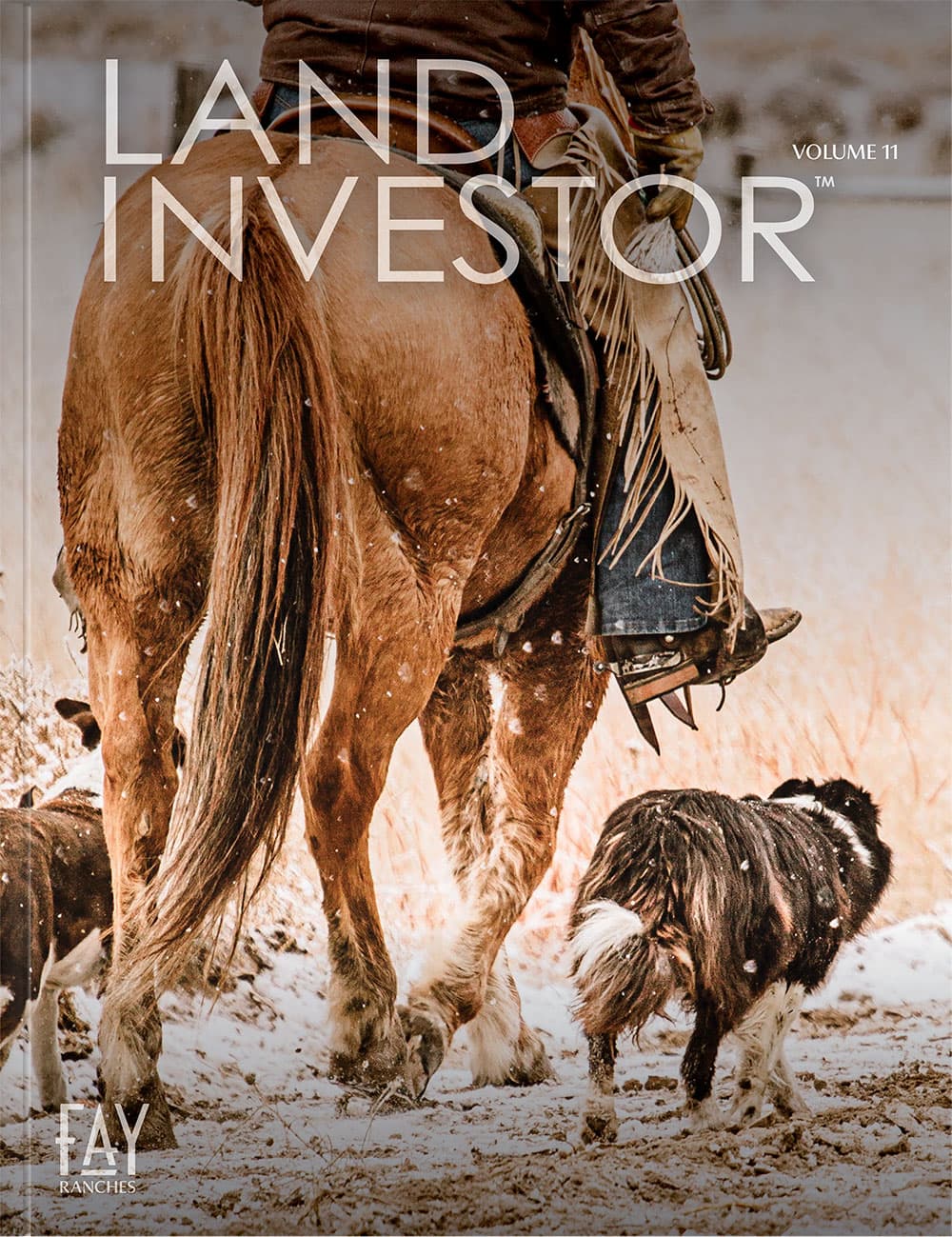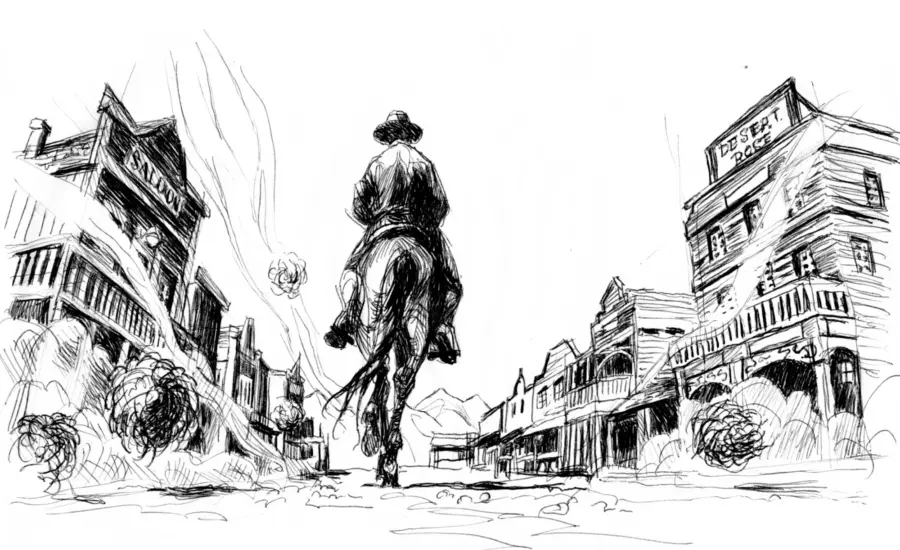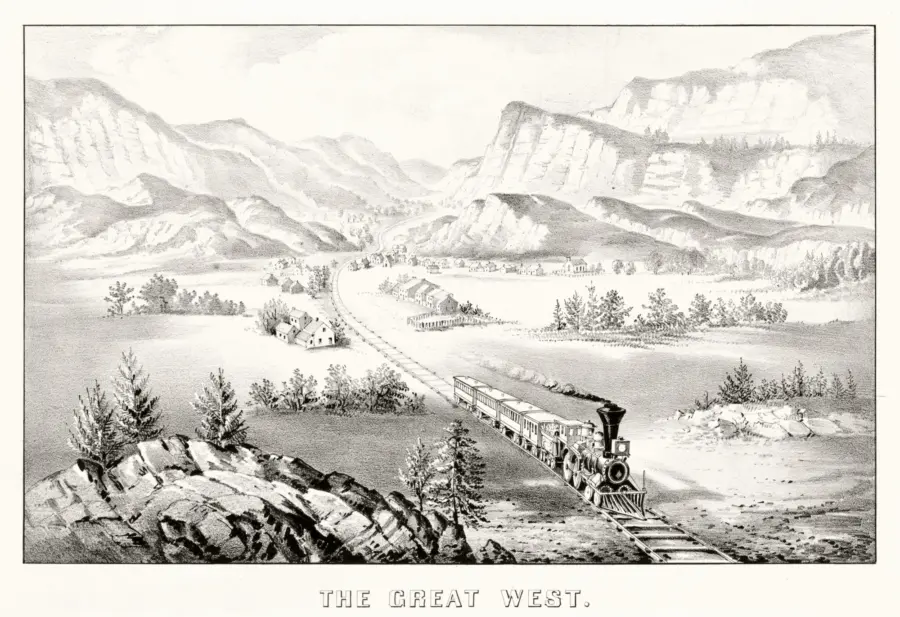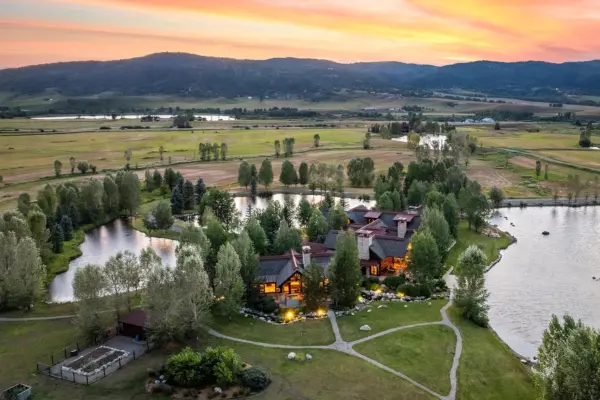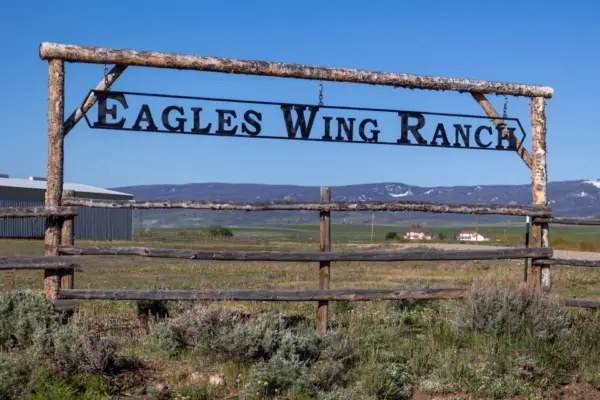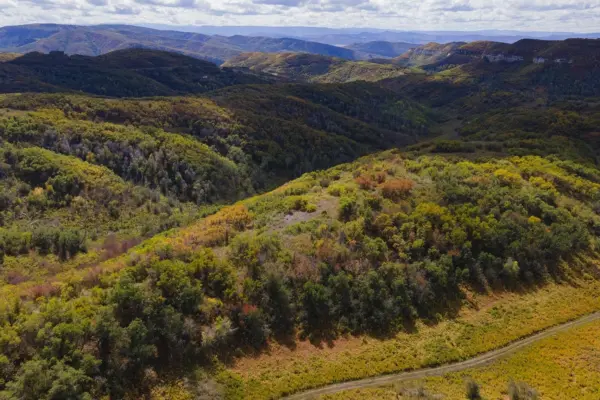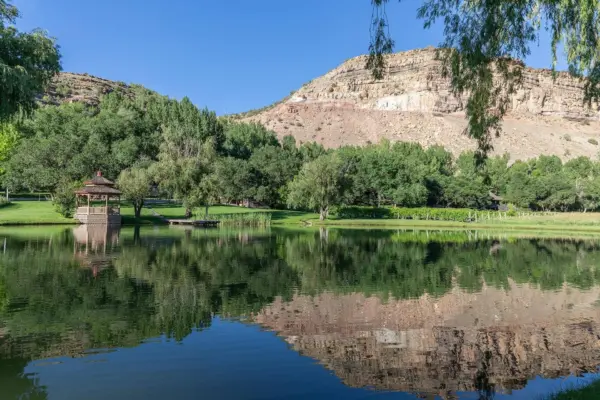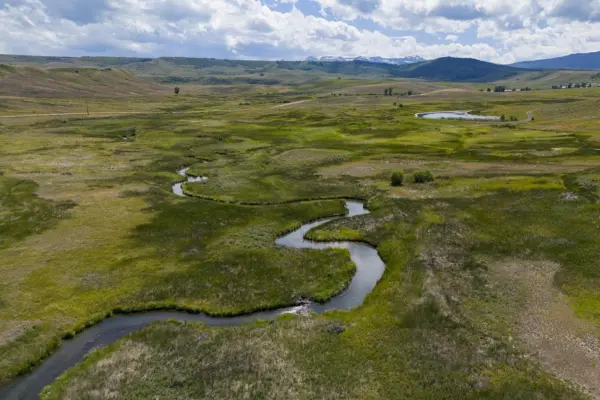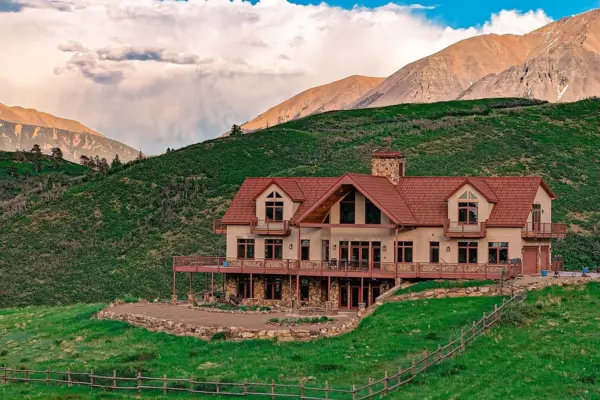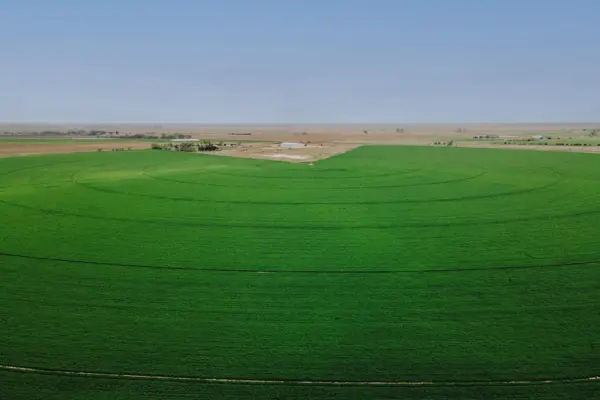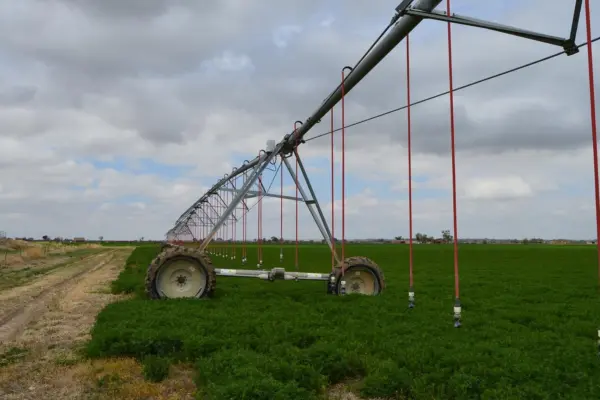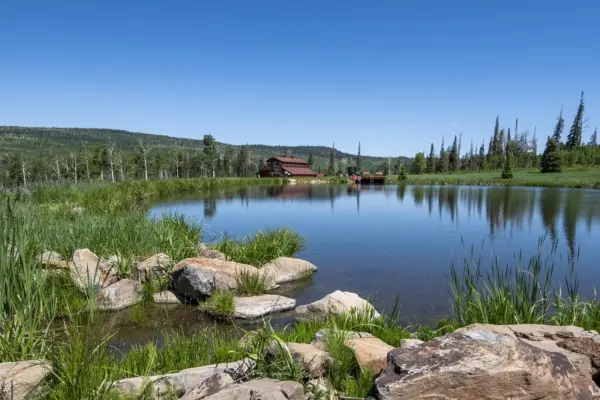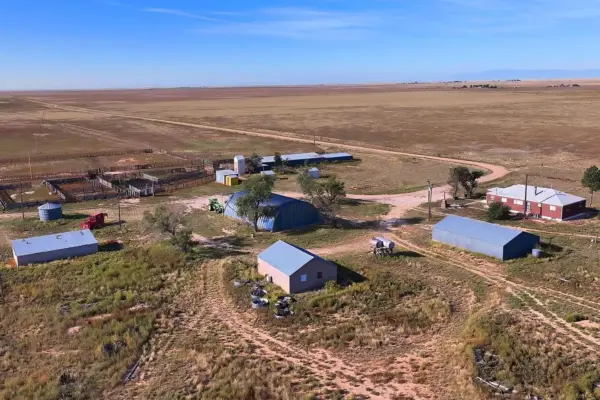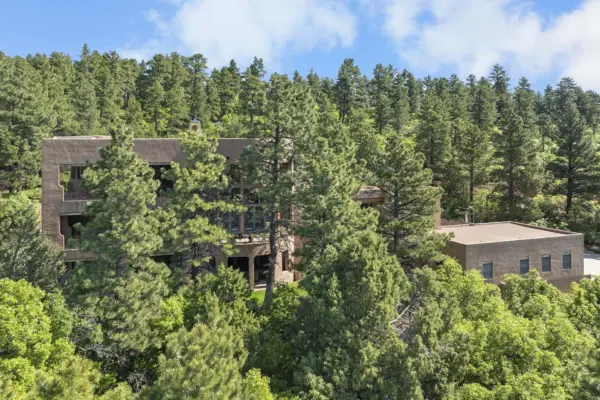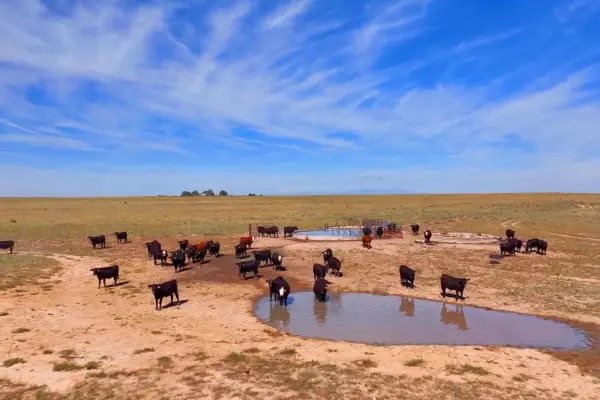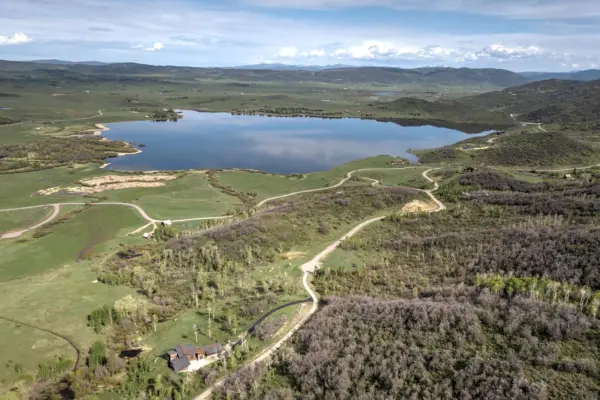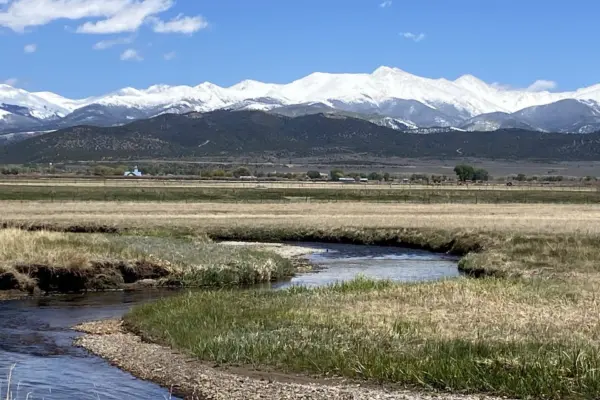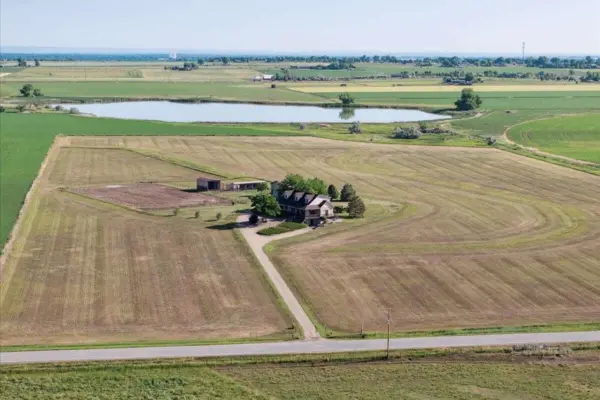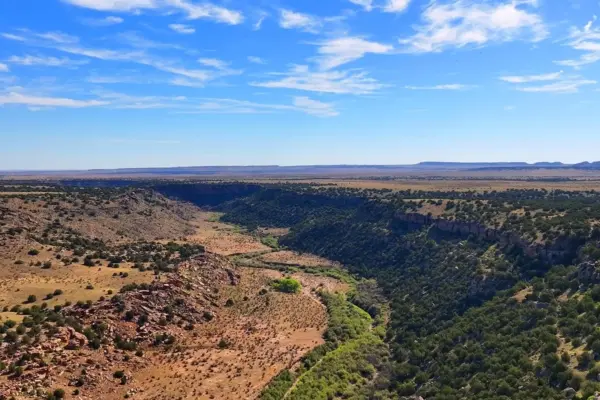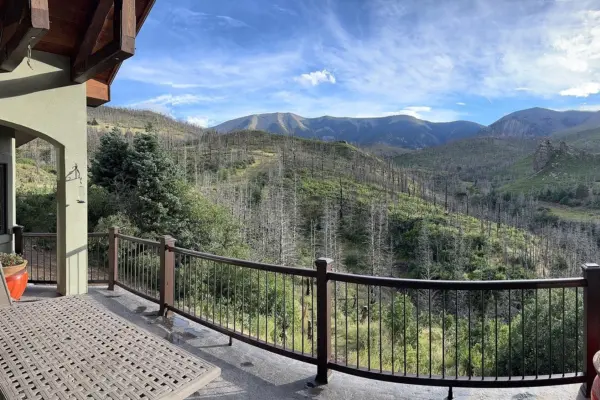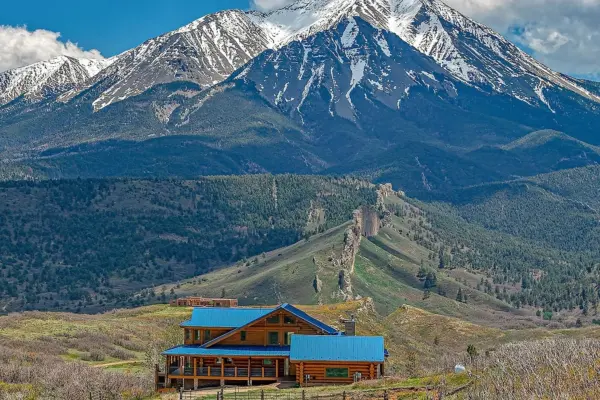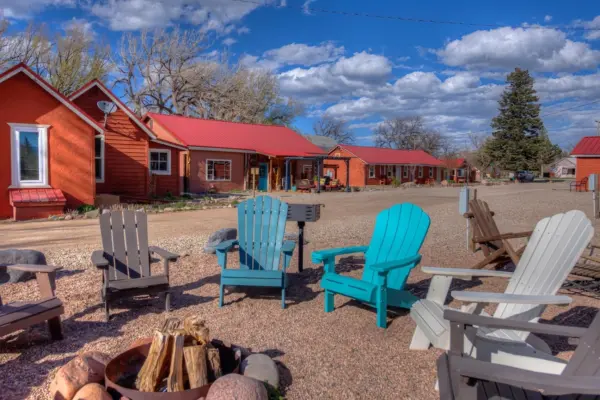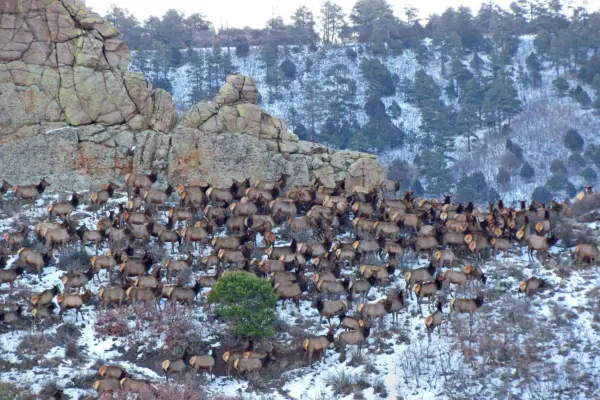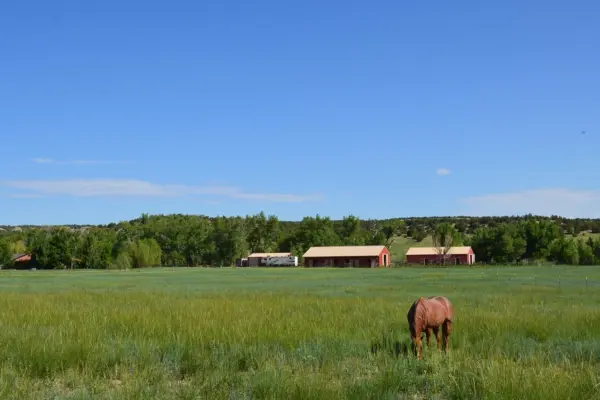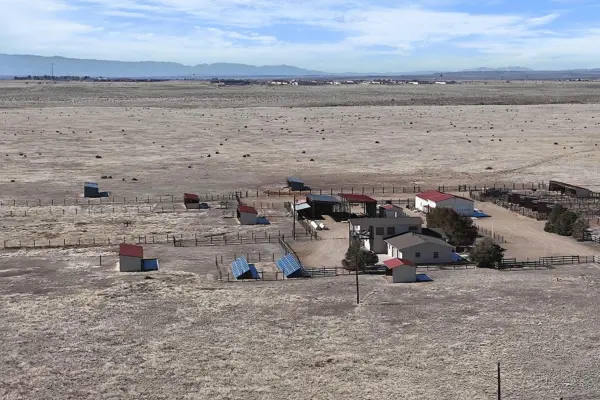Westward Exploration: Lewis and Clark – 1860s
The fur trade boom
Shortly after the reports of the Lewis and Clark expedition, word spread rampant of the abundance of resources available in the western frontier. Some reports even stated that the available resources were "inexhaustible." These inexhaustible natural resources included everything we still think about today: rangeland, timber, wildlife for hunting furs, and water. Amongst all these natural resources up for grabs lies one little critter that may have been the sole reason for the westward boom… the beaver. The discovery of beaver pelts sparked a frenzy of fashion and cultural status symbols in the Eastern states. So much so that beaver pelts became some of the most highly sought-after furs in the Americas and, later, the world. The wealthiest people wore Beaver pelts, creating a "who's who" in the new American society.
As the fashion frenzy swept across the nation, countless trappers and woodsmen headed west to secure their share of beaver pelts that would earn them top dollar on the eastern market. These trappers included famous Western pioneers such as Osborne Russel, Jim Baker, and Jim Bridger. However, as one would imagine, with such an influx of trappers and hunters getting their share of the pie, the supply surpassed the demand, and the price of beaver pelts fell. Numerous other animals were harvested in an attempt to provide a suitable replacement, but no fur or feather was able to replace the hype of the beaver. The fur trade boom era slowly started to dwindle around the end of the 1840s. Nonetheless, as the fur trading waned in the Rocky Mountain West, there was another surge of interest in the region, marking the onset of the mining boom.
The mining booms
Following the fur trappers and frontiersmen who had made their settlements throughout the western states were the miners looking for gold. The mining boom was in full swing as word of gold strikes in Nevada, California, and Montana traveled fast back to the eastern seaboard. Settlers came in droves to get their share and secure fortune off the assumed boundless resources. By the middle of the 19th century, most western states would be established with communities, governments, and a steadily increasing population of settlers.
One of the most famous mining boom towns still carries the mining reputation proudly to this day, Butte Montana, saw its heyday in the early 1900s. With people coming from the furthest reaches of the globe, Butte was home to over 120,000 residents from 30+ different nationalities, and the riches were compared to those of Paris and London of the same era. The year 1888 might have been Butte's most prosperous year and quite possibly the wealthiest year for any mining boom town in the history of the United States. Butte's mines produced an estimated $23 million worth of ore (the equivalent of $749 million today).
Homesteaders bring livestock
Along with the increasing numbers of settlers arriving daily to the Western Frontier came an increase in livestock. Livestock were brought to the western frontier as the primary mode of transportation, a source of fresh meat, companionship, and eventually commercial sales of meat and animal products. The arrival of the livestock began the initial realization that the relationship between the livestock and the native wildlife would be an issue. The native wildlife was directly competing with the livestock for forage, especially in locations where forage was desirable.
The expansion of livestock into the western frontier not only provided companionship and a source of food, but it also provided the basis of what makes the West "The West." The cowboy lifestyle pioneered many events that shaped "The West." The great cattle drives from Texas to the northern plains, the wild sport of rodeo, and the agricultural lifestyle all spawned from the vast expanse of wilds on the western frontier.
